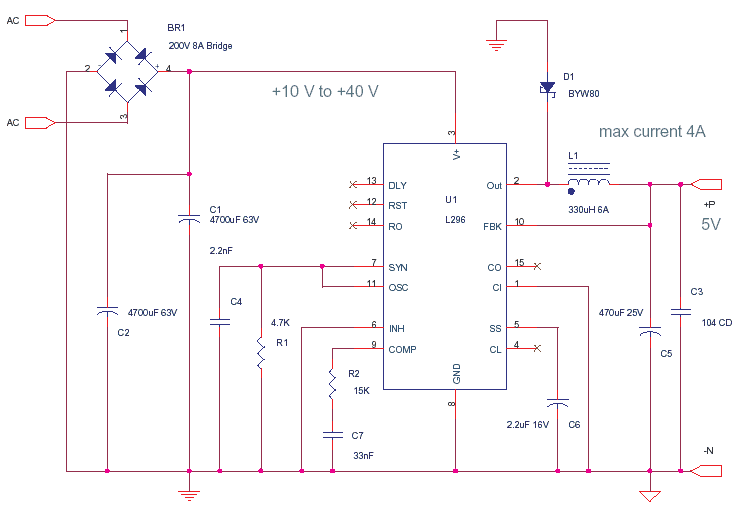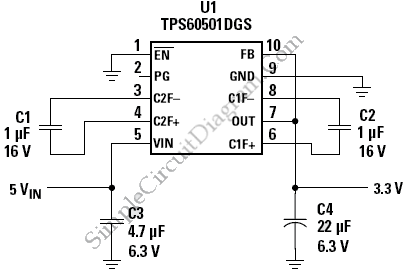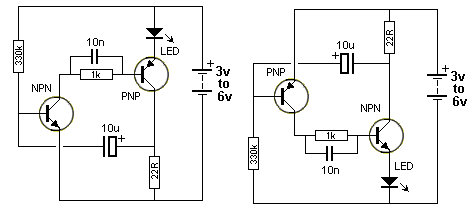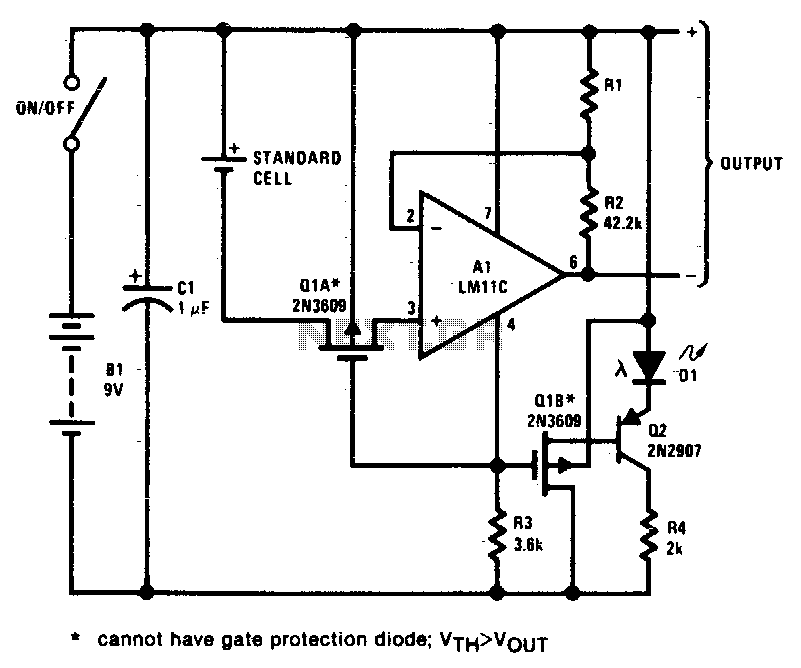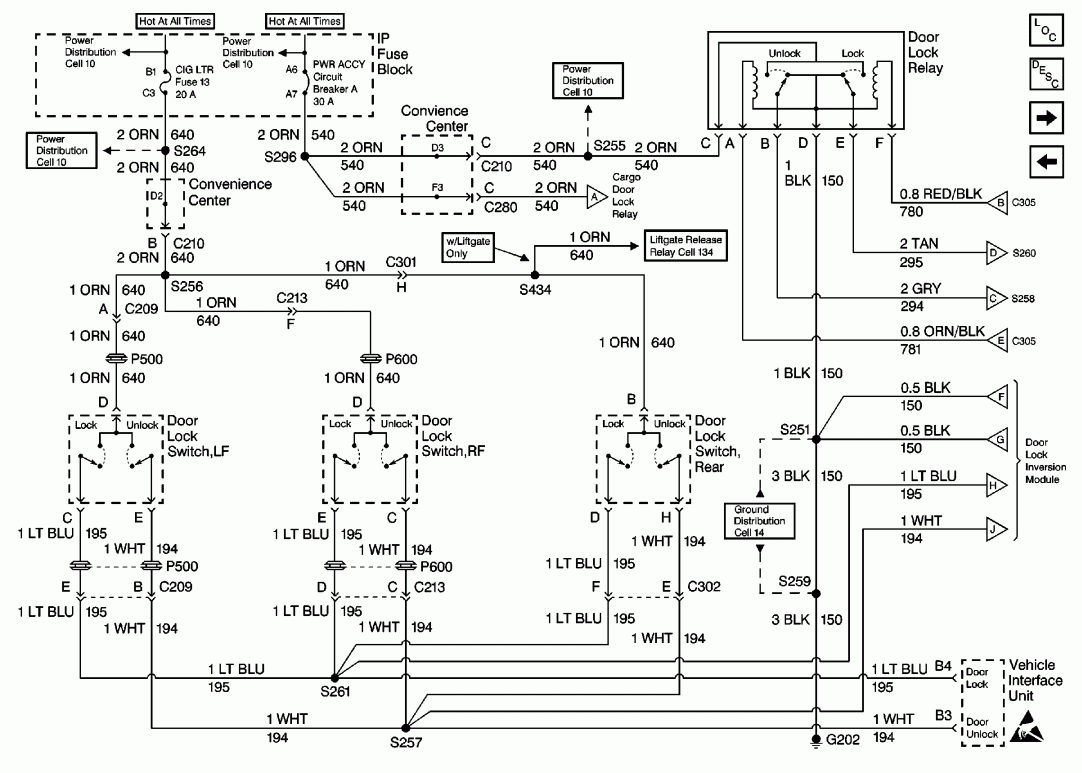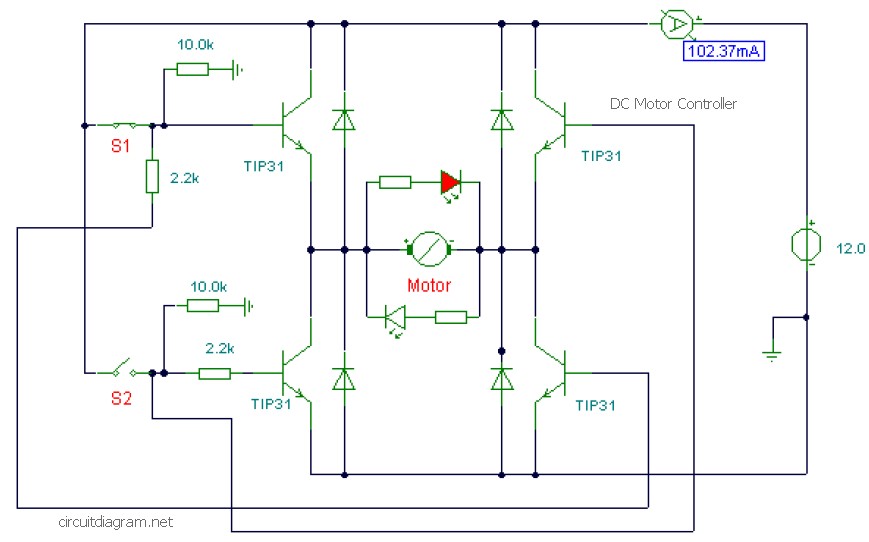
PS10 Quad Power Sequencing Controller - Supertex Inc
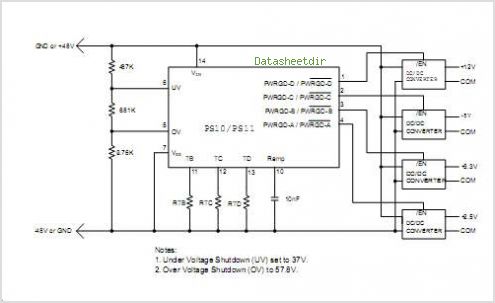
The PS10 saves board space, improves accuracy, eliminates optocouplers or level shifts, and reduces overall component count by combining four programmable timers, input under-voltage (UV) and over-voltage (OV) supervisors, a programmable power-on reset (POR), and four 90V open drain outputs. A high reliability, high voltage, junction isolated process allows the PS10 to be connected directly across the high voltage input rails. By Supertex, Inc.
The PS10 integrated circuit is designed to optimize circuit design by consolidating multiple functionalities into a single component. This device combines four programmable timers and supervisors for under-voltage and over-voltage monitoring, which enhances the accuracy of voltage regulation and system stability. The programmable power-on reset (POR) feature ensures that the system initializes correctly after power is applied, preventing erratic behavior during startup.
The inclusion of four open drain outputs rated for 90V provides flexibility in interfacing with various high-voltage systems while maintaining a low component count. This configuration is particularly advantageous in applications where space is at a premium, as it reduces the need for additional discrete components such as optocouplers or level shifters.
The high reliability of the PS10 is achieved through a junction isolated process, which allows for direct connection to high voltage input rails without the risk of cross-talk or interference between the different functions of the device. This isolation is critical in high-voltage applications where safety and performance are paramount.
Overall, the PS10 represents a significant advancement in integrated circuit design, offering a compact solution for complex timing and voltage supervision tasks in high-voltage environments. Its features facilitate more efficient circuit layouts and contribute to the overall reliability and performance of electronic systems.The PS10 saves board space, improves accuracy, eliminates Optocouplers or level shifts and reduces overall component count by combining four Timers programmable input UV/ OV supervisors, a programmable POR, and four 90V open drain outputs. A high reliability, high voltage, junction isolated process allows the PS10 to be connected directly across t
he high voltage input rails. By Supertex, Inc. 🔗 External reference
The PS10 integrated circuit is designed to optimize circuit design by consolidating multiple functionalities into a single component. This device combines four programmable timers and supervisors for under-voltage and over-voltage monitoring, which enhances the accuracy of voltage regulation and system stability. The programmable power-on reset (POR) feature ensures that the system initializes correctly after power is applied, preventing erratic behavior during startup.
The inclusion of four open drain outputs rated for 90V provides flexibility in interfacing with various high-voltage systems while maintaining a low component count. This configuration is particularly advantageous in applications where space is at a premium, as it reduces the need for additional discrete components such as optocouplers or level shifters.
The high reliability of the PS10 is achieved through a junction isolated process, which allows for direct connection to high voltage input rails without the risk of cross-talk or interference between the different functions of the device. This isolation is critical in high-voltage applications where safety and performance are paramount.
Overall, the PS10 represents a significant advancement in integrated circuit design, offering a compact solution for complex timing and voltage supervision tasks in high-voltage environments. Its features facilitate more efficient circuit layouts and contribute to the overall reliability and performance of electronic systems.The PS10 saves board space, improves accuracy, eliminates Optocouplers or level shifts and reduces overall component count by combining four Timers programmable input UV/ OV supervisors, a programmable POR, and four 90V open drain outputs. A high reliability, high voltage, junction isolated process allows the PS10 to be connected directly across t
he high voltage input rails. By Supertex, Inc. 🔗 External reference
